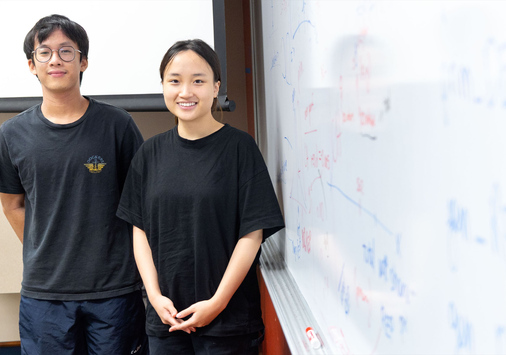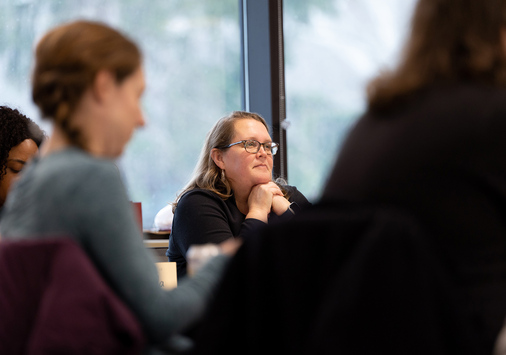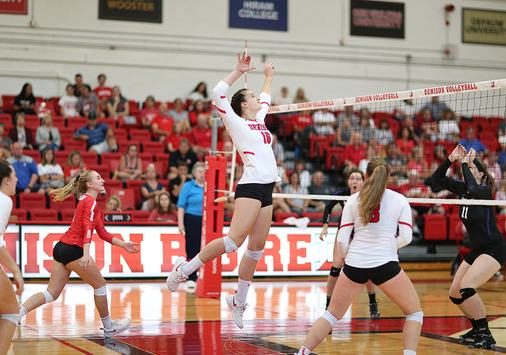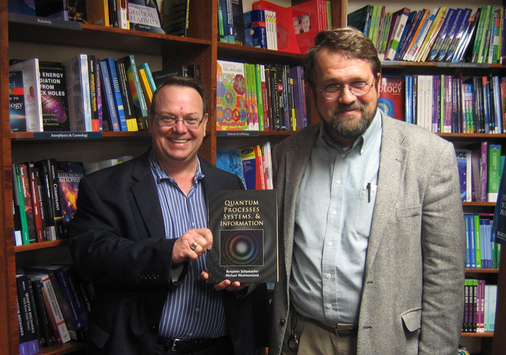
Mathematics and educational studies major Wyatt Ashby ‘19 is a co-author of a paper on gender gaps in mathematical students in Hungary. The paper was recently published in the Mathematical Association of America.
The paper begins:
Three girls. In the Hungarian gifted mathematics classroom full of boys, these girls were strikingly obvious. This was our first visit of many to Szent István Gimnázium, a prestigious public high school in Budapest, Hungary. During our semester as study abroad students, further observations of other “special” mathematics classes and gifted mathematics camps led to the same conclusion: the boys greatly outnumbered the girls. It became evident that this was not an uncommon phenomenon. With time, we became more and more curious about the reasons for the gender gap among top performing mathematics students.
Some international studies (e.g., Machin & Pekkarinen, 2008) have suggested that the bell curve of performance on standardized mathematics tests is different for males and females, with the curve for males being flatter and wider at both ends. This suggests more variability among males; they are not only among the top performers but also among the lowest ones around the world. It also suggests the average mathematics scores of the two sexes are similar.
While in many other countries the gender gap has seen a decrease, we have learned that, in Hungary, the percentage of girls in special mathematics classes has remained steady around 25–30% since the start of these programs in the 1960s. These so-called “special mathematics” programs have been running for decades in a handful of high schools to provide the most intensive and effective training for those gifted in math. The methodology typical to the special mathematics courses is called “discovery learning,” which has strong roots in constructive pedagogy and allows students to get an in-depth, enriched understanding of mathematics through guided problem solving.















